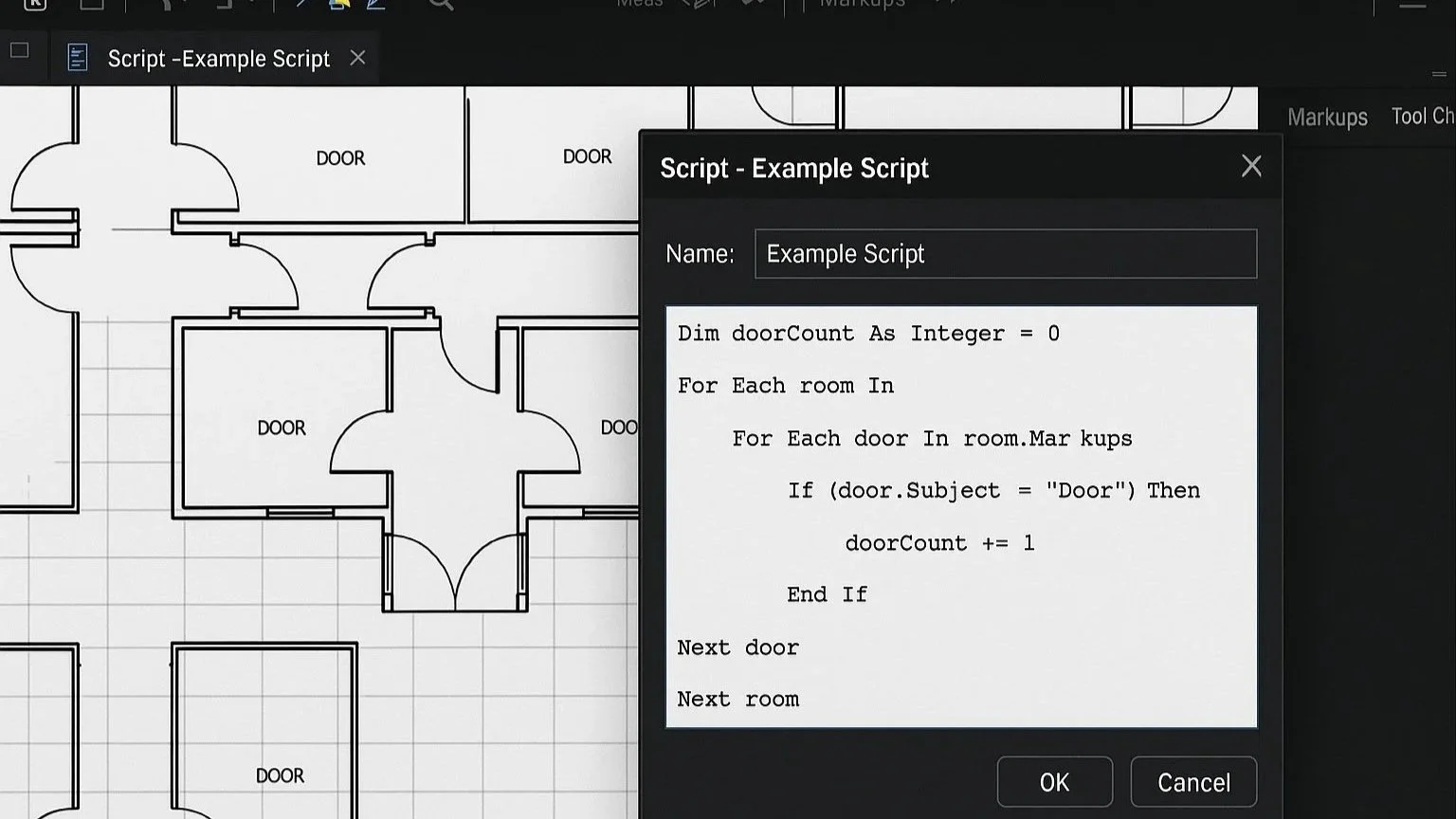Analogue Sheep : Vol 9 : Measure Twice
There were no major issues to start with.
Hairline cracks in the plaster. Tiles that didn’t quite align. Doorframes with light bleeding through the edges.
No one panicked.
No one ever does when it’s just a millimetre off.
But millimetres add up.
They built the world fast. Too fast.
Whole cities rose in a decade, prefab skeletons and high-rise hives stacked one atop another, glass-wrapped, drone-laid, sensor-fitted, and structurally efficient.
The problem wasn’t the machines.
It wasn’t even the people.
It was the tools.
No one checked the tools anymore.
At first, it was just a few shipments - imported measuring tapes and laser levels that cost half as much as the brand-name versions.
“Factory calibrated,” the boxes said. “Precision guaranteed.”
And they were close enough.
Close enough for the bids to go through.
Close enough for the inspectors to sign off.
Close enough for no one to notice the millimetres.
Until it wasn’t.
The great towers of Shanghai leaned before anyone realised they were leaning.
The bridges in Lagos stretched just a fraction too far.
The foundations in São Paulo didn’t meet their anchor bolts.
By the time the engineers caught it, the pattern was already global.
Measurements had drifted. Margins had compounded.
A million near-perfect parts assembled into something quietly, perfectly wrong.
And still, the work didn’t stop.
There were schedules to hit. Shareholders to reassure.
“Tolerance levels remain acceptable,” the statements said.
But the world had stopped tolerating long ago.
When the questions finally came, the blame fell neatly down the ladder.
Manufacturers blamed distributors.
Distributors blamed procurement.
Procurement blamed subcontractors.
Subcontractors blamed the workers.
And the corporations that built the skyline, the ones who signed the tenders, cut the oversight, and squeezed the price, they paid nothing.
The burden, as always, landed on the ones furthest from the conference table.
The men who poured the concrete.
The women who carried the steel.
The taxpayers who funded the “correction programmes”
so the same companies could invoice for the repairs.
In the end, it wasn’t a collapse.
Not in the dramatic, newsreel sense.
It was slower. More patient.
Buildings leaned just enough that doors wouldn’t close.
Pipes shifted until clean water ran brown.
Transit tunnels bowed, their lights flickering in sympathy.
People adjusted.
They always do.
They shimmed the frames. Cut the corners. Smoothed the cracks.
The skyscrapers bent to the wind,
and the wind learned new songs.
When the first of the new cities finally failed, they didn’t rebuild it.
They couldn’t.
No one trusted the numbers anymore.
Every tape. Every sensor. Every blueprint.
All wrong in different ways.
The new world, they realised, had been built to the wrong measure, and it had taken a century to notice.
In the ruins, the builders’ grandchildren learned to measure by hand again - rope and stick, shadow and stride, the way their ancestors once did.
The precision was gone,
but the craft had returned.
“Measure twice,” their elders told them,
handing down the phrase like a prayer.
And for the first time in a long time,
they did.


